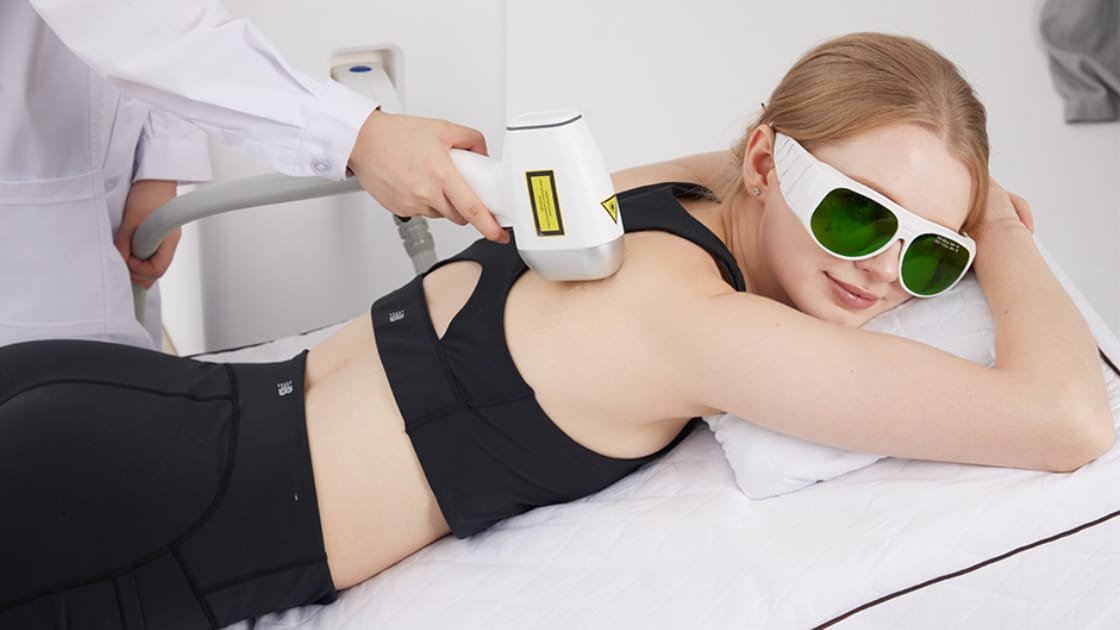Laser hair removal is an effective, long-term solution for achieving smooth, hair-free skin. But before you jump into this treatment, you may wonder: what is the ideal age for laser hair removal? The answer depends on several factors, including your skin type, hair color, and the stage of hormonal development. Let’s explore the best time to start laser hair removal and the process behind this popular treatment.
How Does Laser Hair Removal Work?
Laser hair removal works by targeting and damaging the hair follicles with highly concentrated beams of light. The light energy is absorbed by the pigment (melanin) in the hair, converting it into heat. This heat damages the hair follicle, inhibiting future hair growth.
Modern lasers, such as the Artemis Diode Laser, use a specific wavelength of light that can safely and effectively target hair follicles without damaging the surrounding skin. The Artemis Diode Laser is precise and safe, making it suitable for various skin tones and hair types. This advanced technology allows practitioners to adjust the laser’s settings to match your unique needs, ensuring optimal results with minimal discomfort.
Laser hair removal works best when the hair is in its active growth phase (the anagen phase), as this is when the hair follicle is most susceptible to damage. The Artemis Diode Laser is highly effective for removing hair in multiple areas of the body, including the face, underarms, legs, and bikini line. The procedure is fast, relatively painless, and requires minimal downtime. Most patients experience only mild redness or swelling, which typically subsides within a few hours.
What Is the Ideal Age for Laser Hair Removal?
There’s no specific age requirement for laser hair removal, but it’s most effective when the body’s hormonal fluctuations have stabilized. This typically occurs after puberty, making the late teens to early twenties the ideal time to begin laser hair removal.
During adolescence, the body undergoes hormonal changes that can affect hair growth patterns. It’s often recommended to wait until the hair growth cycle stabilizes for better results. For those in their late teens or early twenties, laser hair removal can provide lasting results and is usually safe.
Laser hair removal is effective for adults of all ages, provided they’re in good health. Even if you’re in your thirties or forties, you can still enjoy smooth, hair-free skin with a safe, effective treatment plan.
While there’s no upper age limit for starting the procedure, individuals with gray or very light blonde hair may not see as much success. This is because the laser targets the pigment in the hair, and less pigment means a less effective treatment.
Can Teens Get Laser Hair Removal?
Yes, teens can get laser hair removal, but there are some important considerations. It’s generally recommended to wait until the late teens (around 16 or 17) for treatments, as hormonal changes may still affect hair growth.
Teens should first consult a licensed professional who will assess their skin type, hair color, and overall health. The practitioner will decide if laser hair removal is appropriate based on these factors. Informed consent from both the teen and their parent or guardian is also essential to ensure the procedure is fully understood and agreed upon.
When Is the Right Time to Start?
The best time to start laser hair removal is when your body’s hormonal levels have stabilized, typically in the late teens to early twenties. At this age, hair growth patterns become predictable, making the treatment more effective. However, adults of all ages in good health can also benefit. If you’re tired of shaving or waxing, laser hair removal offers smooth, long-lasting results. The Artemis Diode Laser is a safe and powerful tool for lasting hair reduction. It adjusts to various skin types and hair colors for effective, customized treatments. Whether you’re a teen wanting to skip shaving or an adult looking to save time, laser hair removal with the Artemis Diode Laser is a reliable, safe solution.








